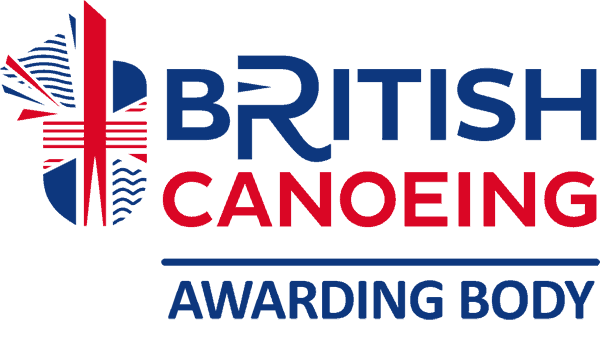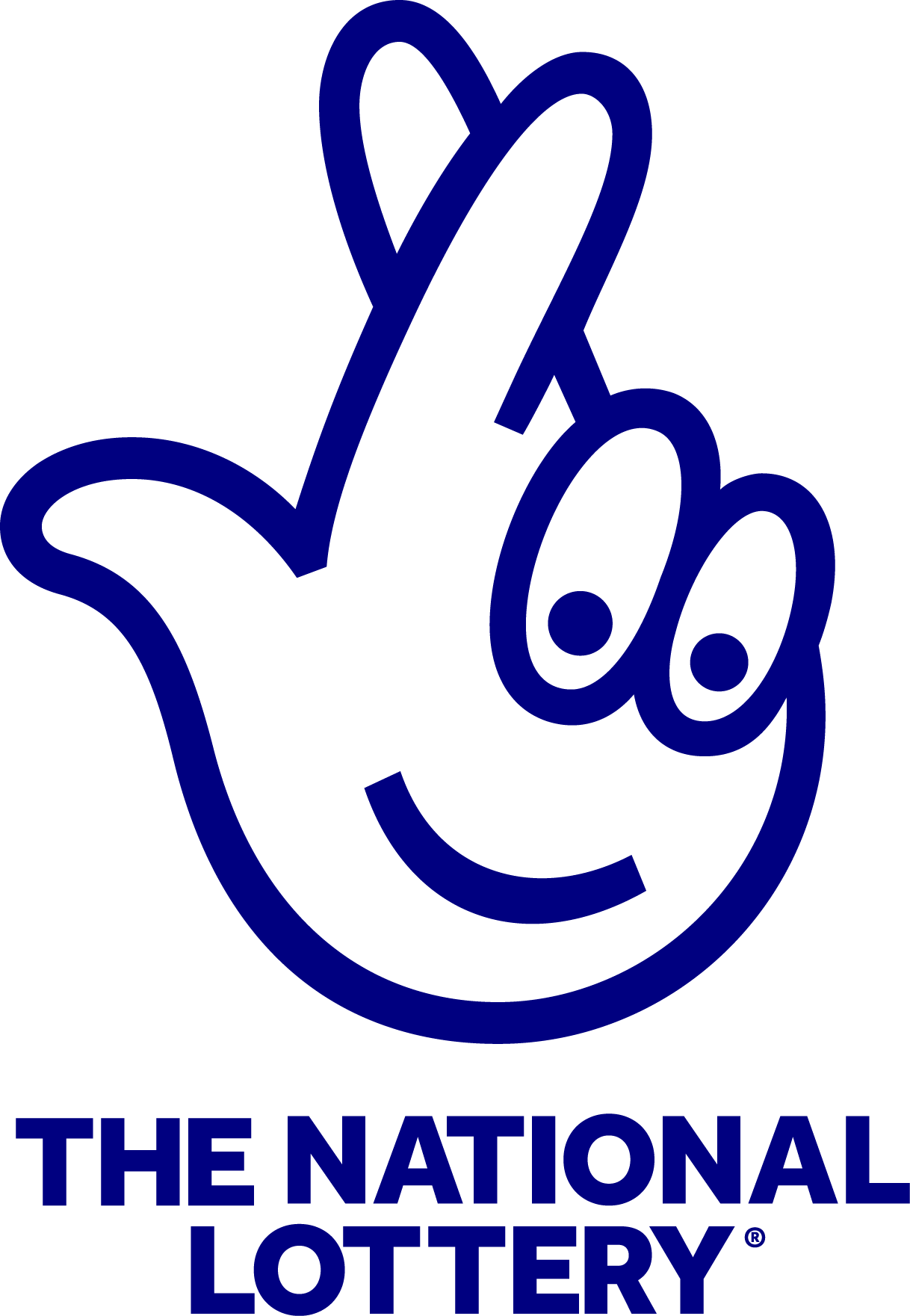SURF
SELECT YOUR PREFERED PADDLE DISCIPLINE.
KAYAK SURF
Wales is surrounded by sea on three sides, and paddlers are increasingly testing their skills against the swells which break against our shores.
Surfing a kayak is a very different skill and sensation to surfing a board. Having a paddle means you can get out past the break easily and pick up waves on days that leave board-surfers struggling, although waves should be shared, having a paddle doesn’t give you a licence to take every wave. Once conditions clean up, you can hit the same top turns, bottom turns and moves in the critical part of the wave that other surfers enjoy.
FAQ's
What’s a competition like?
Competitions give you the chance to get out into the break for a heat of various time depending on the conditions, usually between 12 and 20 mins while judges assess your rides. You’re judged on the speed, power and flow of your wave, finishing your ride with a flashy exit move off the wave.
There are two different classes of surf kayak. International class (IC) is for long, flat-bottomed boats with the speed and grace of a longboard surfboard. High-performance class (HP) is the cutting edge short, flat-bottomed boats with tri or quad-fins, slashing the face and exploding into incredible aerials. Increasingly competitions now run age and gender categories, along side the traditional open classes.
How do I get started?
You can take to the break in plenty of kayaks – especially modern flat-bottomed playboats. Often paddlers enjoy the surf as an alternative to white water when the rivers are running dry.
Surf-specific boats change the game, though. They give you a lot more speed and more aggressive turns and carves than river boats. They let you surf bigger waves, stay deeper into the pocket and ride much faster along the face.
It’s best to get started on a RNLI lifeguard patrolled beach. There are a handful of surf etiquette guidelines that everyone in the line-up should know, so paddlers, surfers, waveskiers, SUP’s, bodyboarders and everyone else can share the break safely. If you’re not sure, ask for the specifics.
There are also a lot of canoe clubs that run surf sessions and will help you to get started. Just check out our Club Finder and tick the box for Surf to narrow your search.
What are the opportunities in Wales?
Most of our best breaks are in the south, because they pick up better waves. Popular locations are Pembrokeshire’s coastline, numerous spots round the Gower and a couple of breaks closer to Cardiff. There are also breaks around Aberystwyth, the Lleyn peninsula and Anglesey. Most competitions tend to run in South Wales because the surf’s that bit more reliable. But the Welsh surf committee is hoping to run some events in the North.
What do I need?
You can get started in a general purpose white water playboat, or a longer river-running boat – high volume creek boats are too bulbous to be much fun. All you need is what you’d normally use to paddle in, and an idea of surf etiquette to keep you safe, and to protect others in the water.
Once you get into it, you’ll start to look at carbon surf boats with sharp rails, a flat hull and fins on the bottom. Surfers tend to use slightly shorter paddles as well.
More information
BEACH AND SURF GUIDES
We don't manage these external sites so we're not responsible for their content, but they can help you search out the swell hitting our shores.
MagicSeaweed.com - surf reports, webcams, storm watch and more
Big G Surf Forecasts - a general UK surf forecast
Stormsurf - big wave surf forecasts and marine weather
Coldswell.com - a complete resource for surfing in the UK







